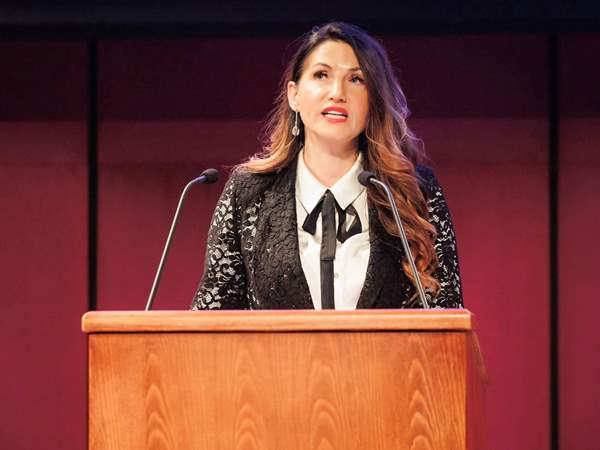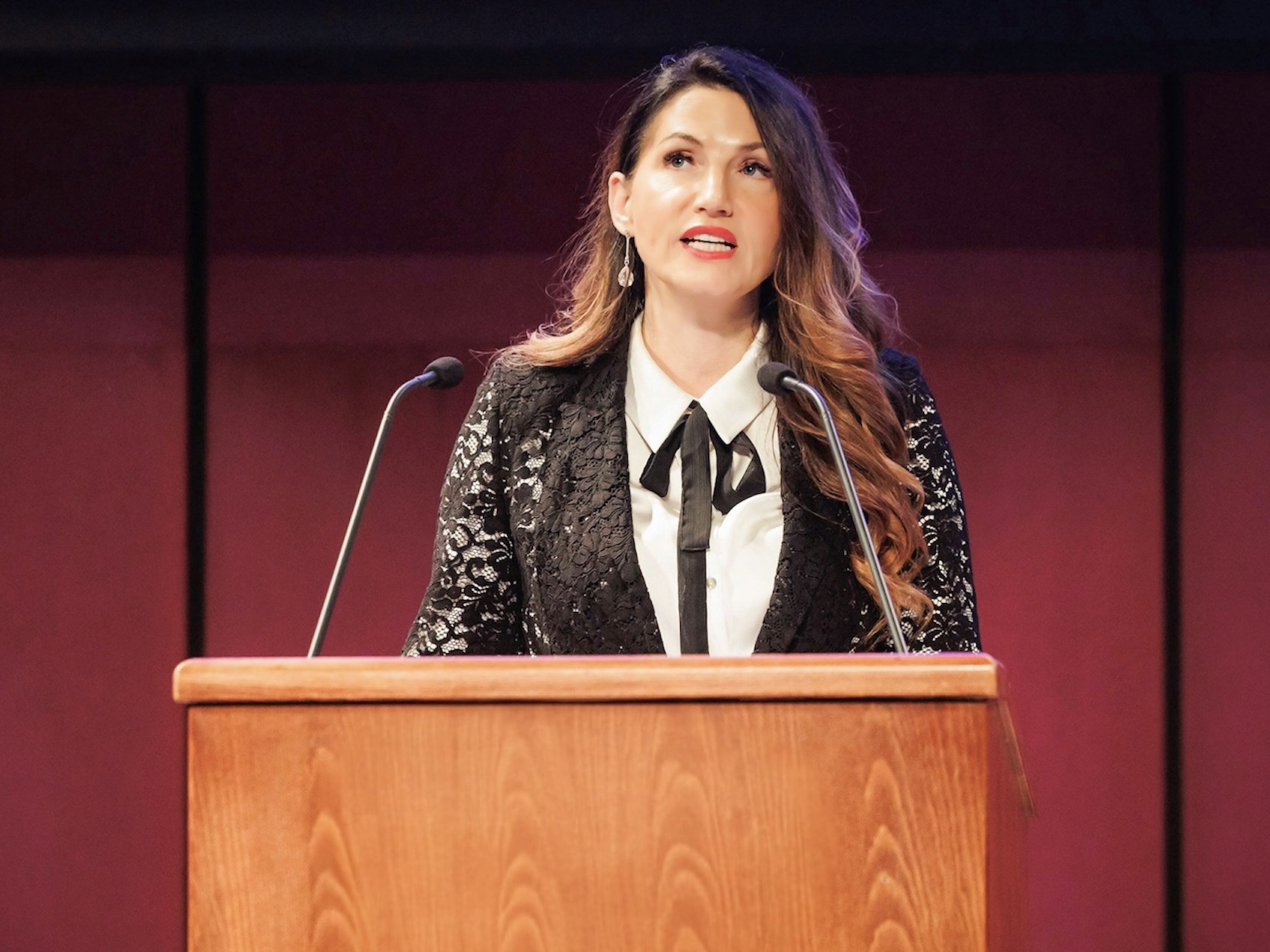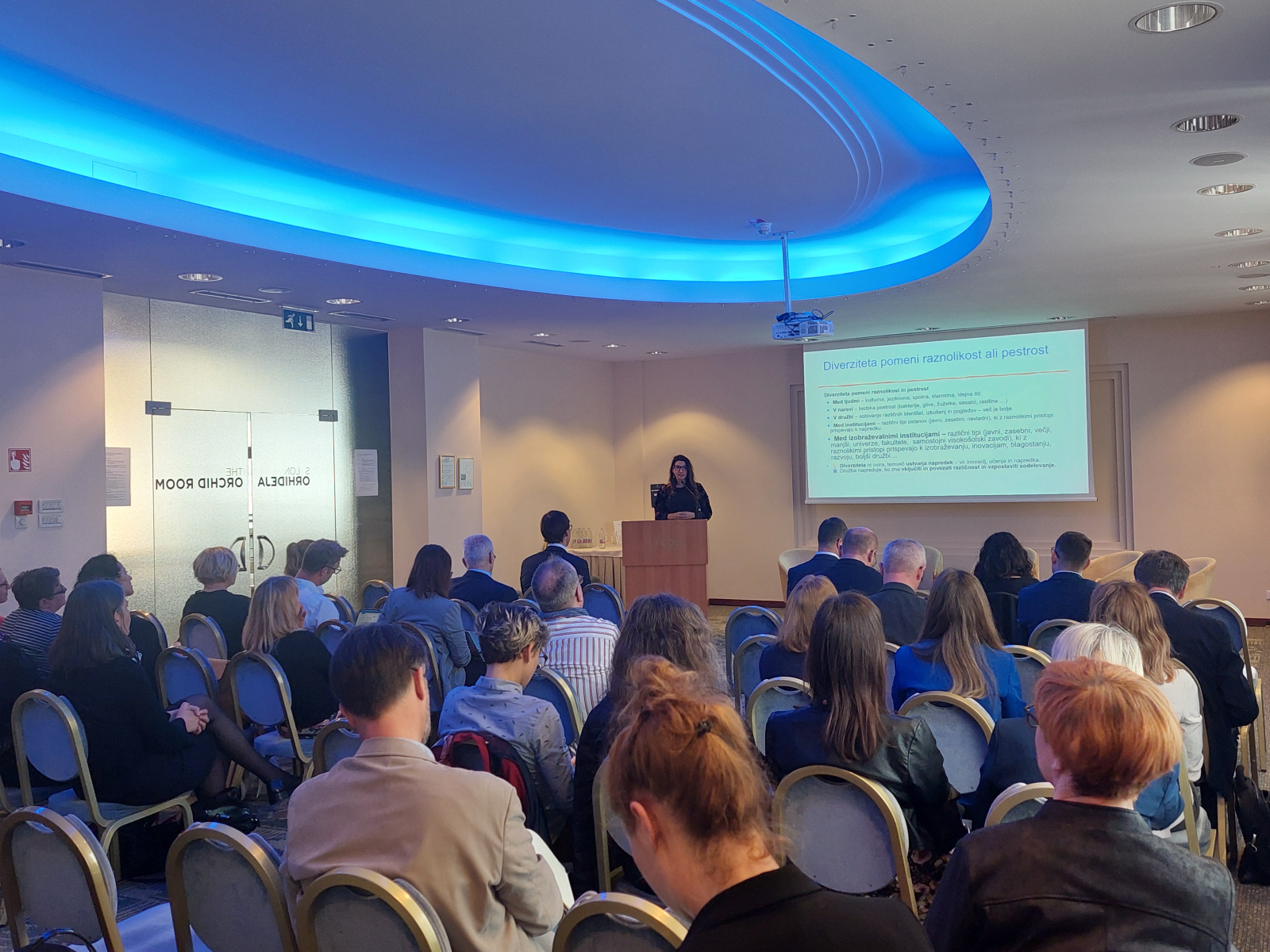
How Education Shapes Our Future: More Knowledge, Better Life

Regional differences in education significantly impact the economic and social conditions of the population. Regions with higher education levels offer better employment opportunities, higher incomes, and longer life expectancy, while less favorable educational structures contribute to higher unemployment rates and demographic challenges.
This topic was addressed last Monday at a conference held within the framework of the Rector's Conference of the Republic of Slovenia by Professor Dr. Barbara Toplak Perović, Secretary General of Alma Mater Europaea. She emphasized the importance of investing in education as a key factor in reducing regional disparities and improving socio-economic conditions.
Alma Mater Europaea University has integrated 1,000 students into the public healthcare system, resulting in significant cost savings for the state. According to 2024 OECD data, the annual cost per student is €17,050 ($18,533). Given that the average study duration is four years, the total cost of educating one student amounts to €68,200. Thus, the total savings for 1,000 students reach €68,200,000. It is important to note that this calculation does not account for the fact that healthcare students generally incur higher costs than the average student. Furthermore, Alma Mater has trained over 1,000 healthcare professionals, generating even more significant savings for the state.
Public universities have a long-standing tradition and an extensive network of study programs. Due to public funding, they offer broad accessibility and lower tuition fees. Additionally, they provide strong research support and stable public financing, contributing to the sustainable development of knowledge.
Private universities, on the other hand, offer greater flexibility and innovative approaches. Because they rely on tuition fees, they can quickly adapt to trends in education and the labor market. Their advantages include faster responsiveness to economic needs and a more personalized approach to students. Moreover, they often maintain more substantial connections with industry and the international environment, creating additional student opportunities. They also play a vital role in providing education in remote regions where public universities are absent.
Diversity represents variety and richness at multiple levels. Among people, it manifests as cultural, linguistic, gender, age, and ideological diversity. It is reflected in natural biodiversity, encompassing bacteria, fungi, insects, mammals, and plants. In society, diversity is evident in the coexistence of different identities, experiences, and perspectives, with greater diversity fostering a more dynamic and innovative environment.
Institutions also differ, as public, private, and non-governmental organizations operate in distinct ways but collectively contribute to social progress. Diversity in educational institutions is crucial, as various types of establishments—from public and private universities to colleges and independent higher education institutions—enable different approaches to education, innovation, and societal development.
Diversity is not an obstacle but a source of innovation, learning, and progress. Society advances when it embraces and integrates diversity while fostering collaboration.

